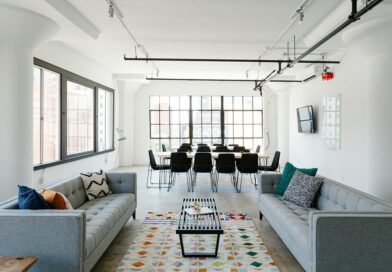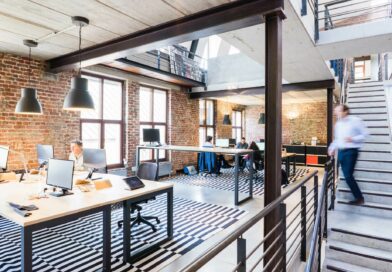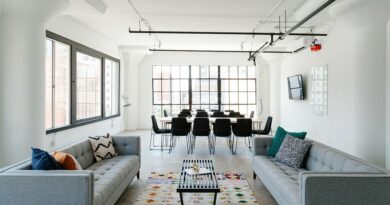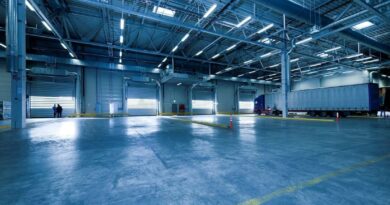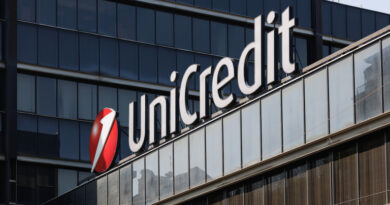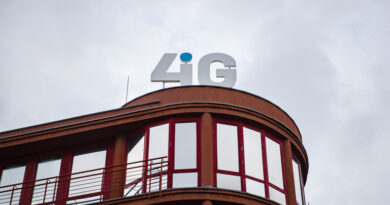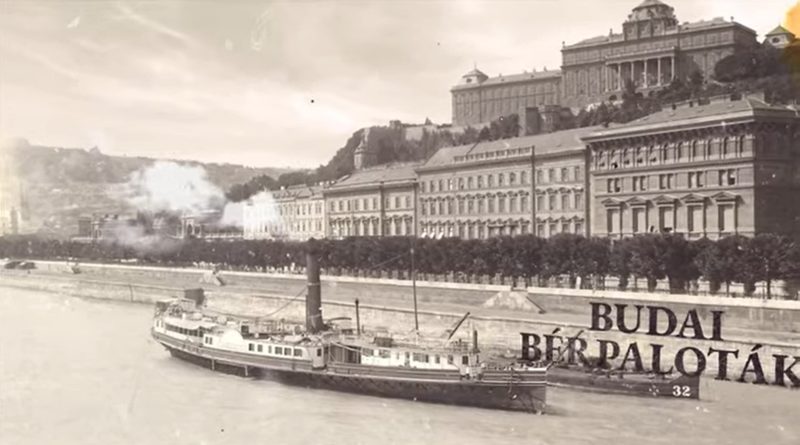Conformity and waiting describes the retail market
The retail market in Hungary continued to show signs of stability in the first half of 2011 after reaching this state last year, with market players settling into their groove and awaiting the inevitable rebound. “The market shows a mixed picture, with some locations, especially well-situated projects with a clear strategy, developing and even thriving, while other shopping centres are still struggling with the effects of the crisis.” – said Szabolcs Koroknai, associate director at Colliers International Hungary, in terms of the real estate company’s latest retail market report publication.
Domestic spending showed no discernable change in the first months of the year, with official statistics indicating stagnation in retail turnover compared to the same period of 2010. No positive effect was seen from personal income tax changes implemented at the beginning of the year, and it seems the climb out of the current situation will be a prolonged one. The first half of the year saw only one major retail centre opening, the 5,600 m2 Europeum on Blaha Lujza tér, developed by Ablon. The project has seen success in its first months, with solid turnover and over 80% occupancy, from tenants such as H&M, Müller and Deichmann. The project can be considered more of a high-street venue than a shopping centre. It has also breathed new life into the surrounding area of Nagykörút, with several new shops opening in the vicinity. Retail activity has also started to return somewhat to normal, to the section of Nagykörút leading from Nyugati Square to the Margit Bridge, as the latter was reopened to traffic following reconstruction works. The number of vacant shops here has decreased as tenants return to business.
In October, ORCO’s landmark Váci1 (11,000 m2 GLA) will open its first three floors, offering shops such as Hard Rock Café and a flagship shop for local patisserie Szamos Marcipan, as well as Pinko and Vilebrequin. The second phase, to follow in autumn 2012, will open the upper floors of the building, including a rooftop lounge restaurant and a special tourist attraction occupying the entire 1,700 m2 fourth floor. The KÖKI Terminál (55,000 m2) the Árkád Szeged (34,000 m2) and Siófok Pláza (6,000 m2) are also planned to open by the end of the year. Finding tenants has however become more difficult, with owners often having to provide fit-out contributions in order to attract retailers. Budapest’s dominant high streets Váci utca and Andrássy út remain popular targets for retailers, especially luxury brands, and have seen a pick-up in activity, especially Andrássy. Sinequanone and Replay have opened new stores here, and there are also several contracts currently under negotiation for new, international top-quality brands.
Andrássy has also had a beneficial effect on surrounding areas, with a few connecting streets (Paulay Ede, Hajós, Nagymező) beginning to see some tenant activity as well, especially for local eclectic and designer retail concepts. Szabolcs Koroknai explained that rents are still generally low, having fallen between 10–30% over the last two years, but the best sites have been able to maintain or even increase their rent levels. One such positive example is MOM Park, which has been able to attract new, high-quality tenants at rents that are in some cases substantially higher than those earlier tenants paid. Brands set to open new shops here include French Connection, Stefanel, H&M and Vapiano. Other similar positive examples are Mammut and Arena Plaza. Additional pipeline shopping centre supply will be delayed until 2013–2015. There will be greater activity in the next two years for older centres to refresh themselves in design and concept to attract new tenants. “Such project underway is the overhaul of the former Material Center, a home furnishings shopping mall in Budapest into a downtown outlet centre, the Grand Fashion Outlet (GFO), set to open in spring 2012. Colliers International is the project’s exclusive consulting and letting agency. This will be the first concept of its kind in Budapest, an easily accessible fashion outlet centre occupying 8,000 m2 on three levels of a mixed use building, located in the city centre rather than in the suburbs.” – said Szabolcs Koroknai.


